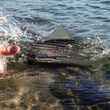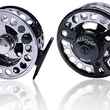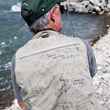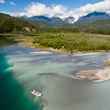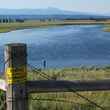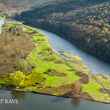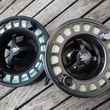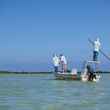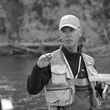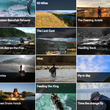Fishing tight, low, skinny water can be simultaneously frustrating and rewarding. And fishing these tiny creeks—most of which are so small anglers step over them without a second thought—often feels like more work than it’s worth. Whether because of fighting brush and losing flies, or dealing with impossibly spooky fish, it’s perhaps unsurprising that many anglers skip over this kind of water.
How to fly fish tight, low, skinny water
by Spencer Durrant - Monday, Jul 5th, 2021



